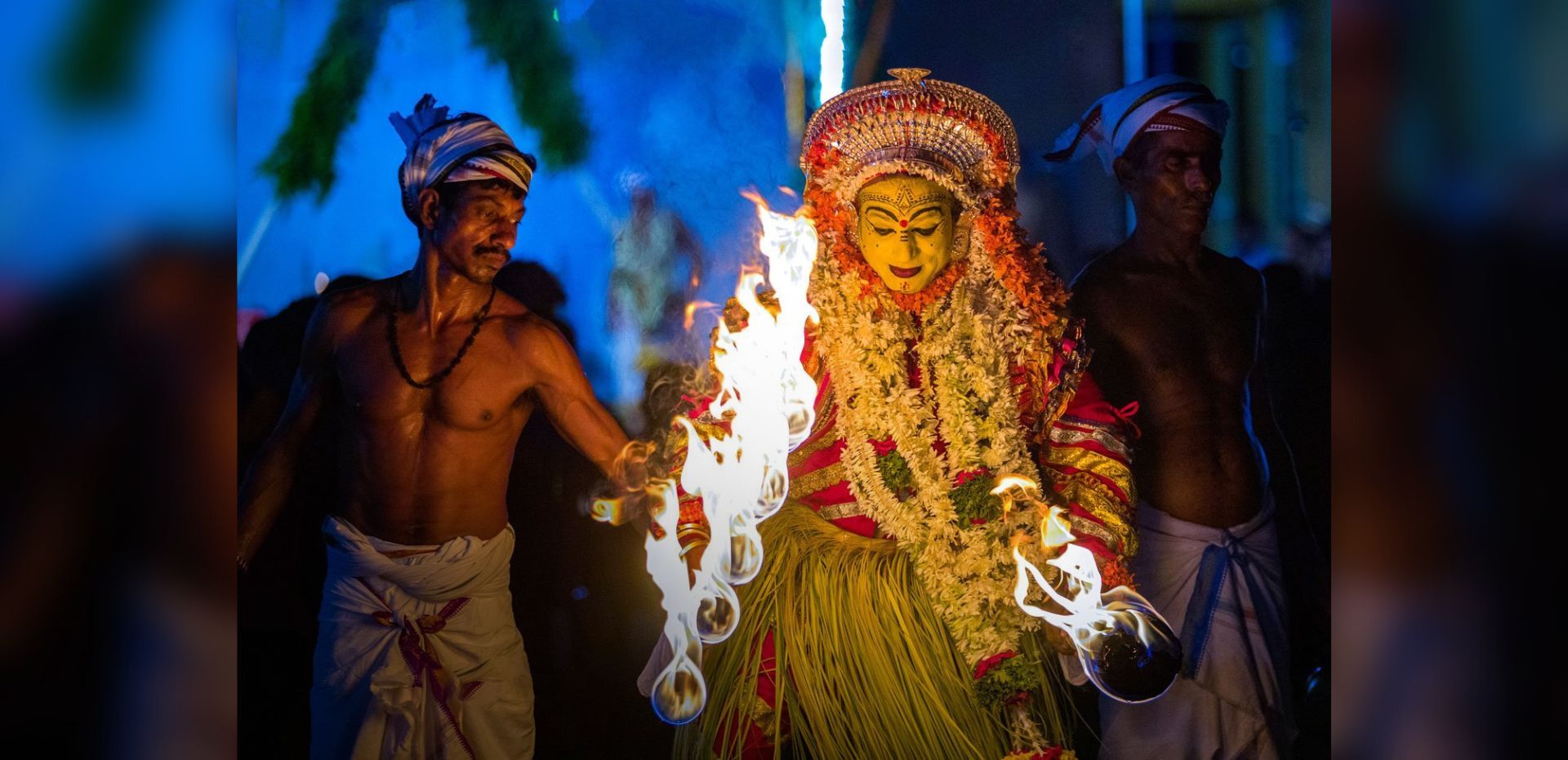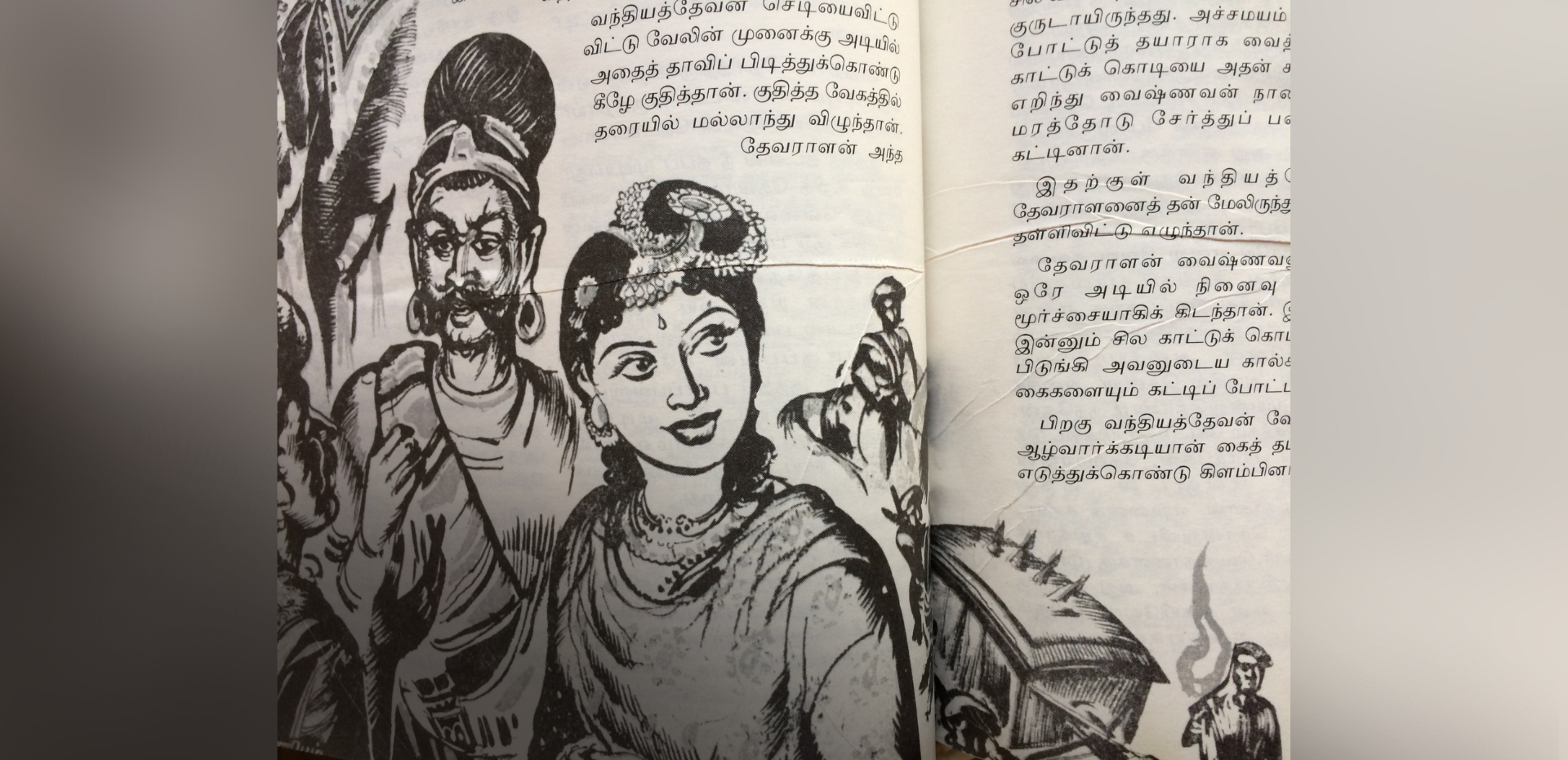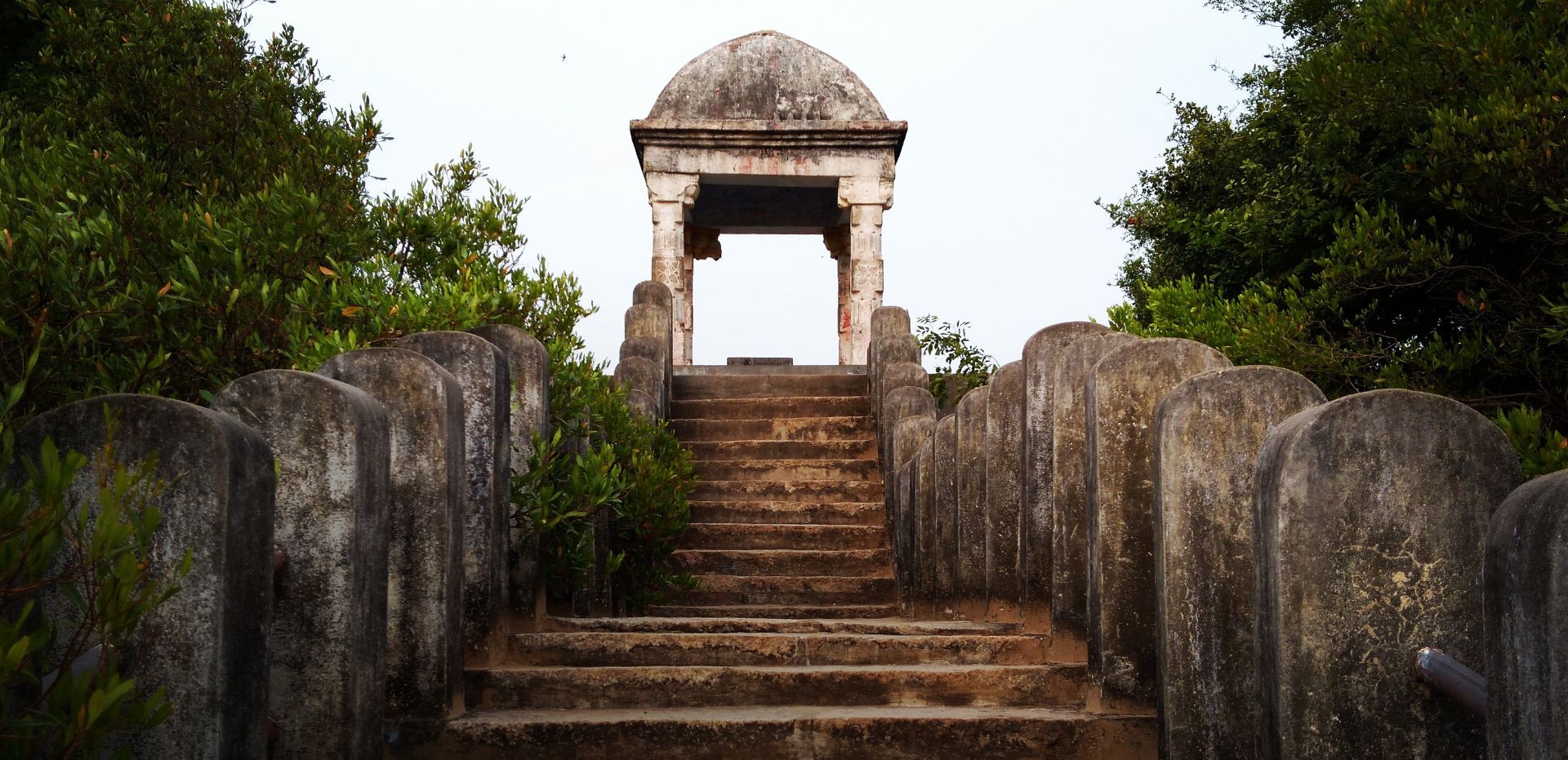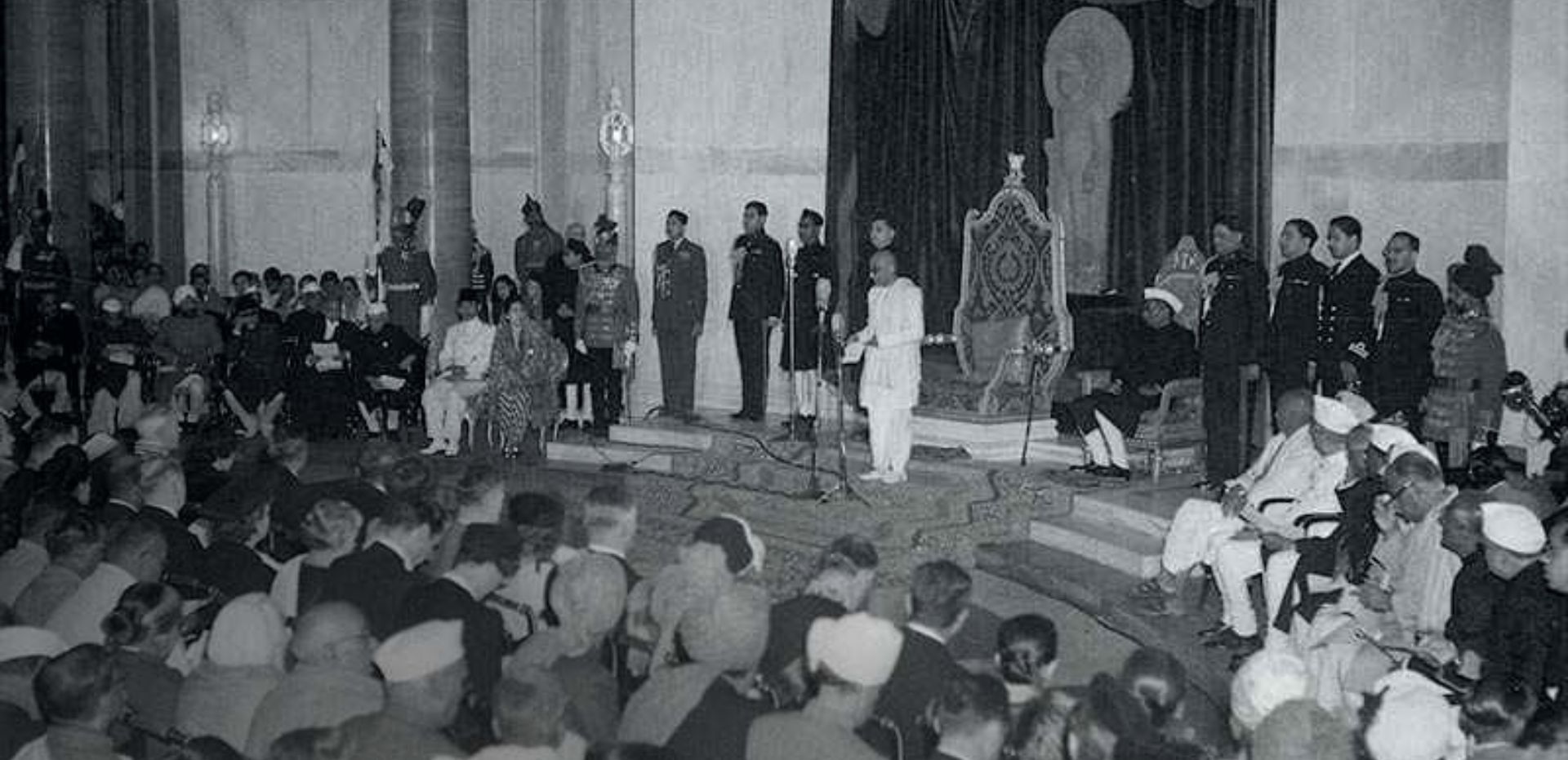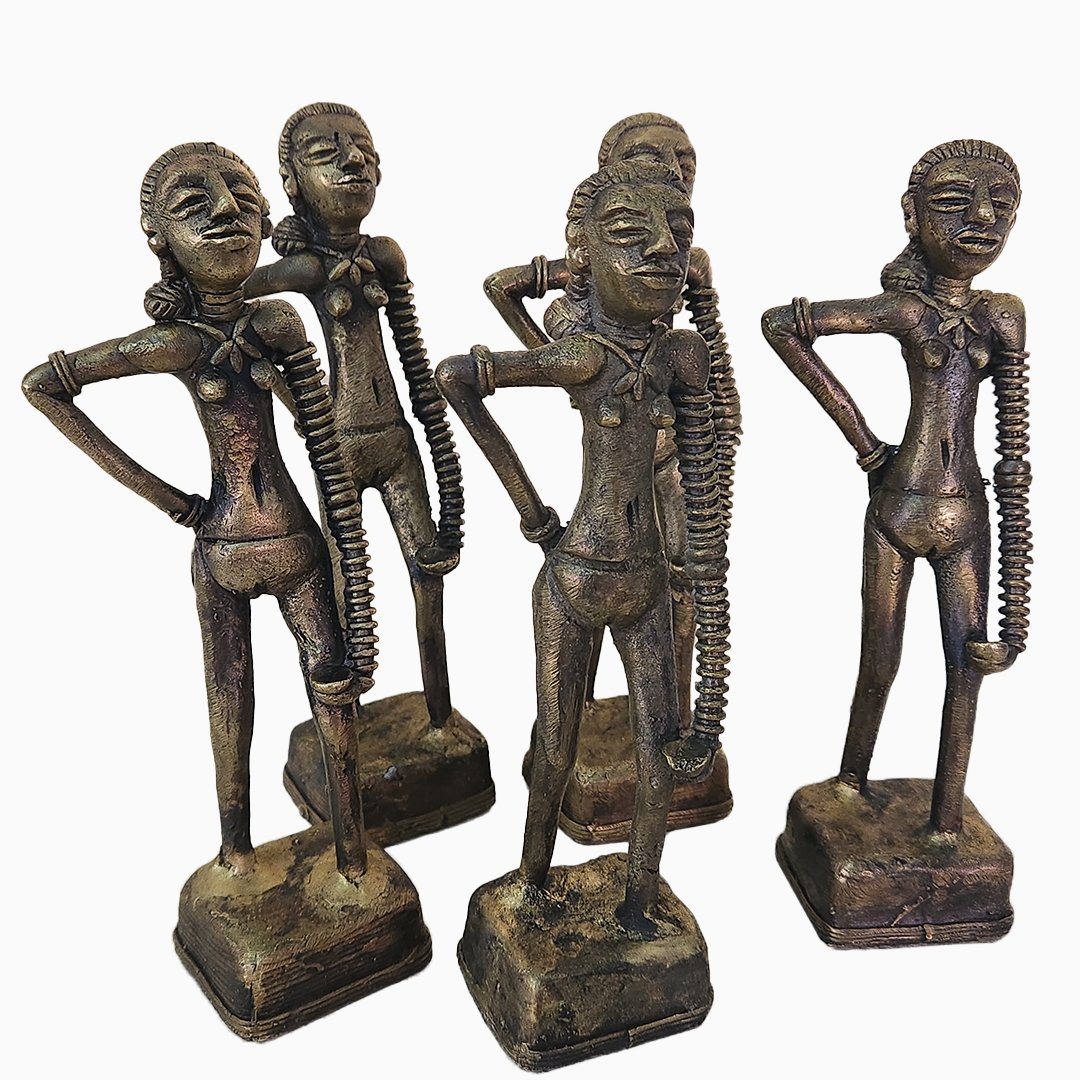Thatta’s Shah Jahan Mosque: A Slice of Samarkand
BOOKMARK
In an unremarkable town in Pakistan’s Sindh province is a stunning blue mosque, a magnificent slice of Samarkand marooned in the Indian subcontinent. Enter the gates of the mosque complex in Thatta and behold a grand masjid unlike any other built by the Mughals.
Called the Shah Jahan Mosque, after the Mughal Emperor who built it in the 17th century CE, the structure is not made of sandstone and marble as are most Mughal monuments. Instead, the Jamia Masjid of Thatta or the Shah Jahan Mosque of Thatta boasts the most elaborate and most beautiful display of tile-work in the subcontinent. An exquisite example of Central Asian architecture, it closely resembles the marvellous mosques, mausoleums and madrasas of Samarkand, the heart of the Mughal homeland.
The town of Thatta is 100 km from Karachi and is no more than a regular urban settlement with a modest population today. It is hard to believe that this was once a provincial capital, the glorious capital city of the Sindh region. Its proximity to the Arabian Sea and to the mouth of the mighty Indus River turned Thatta into an important emporium and a medieval city with immense strategic importance.
Its thriving ports were not only pivotal to trade but also connected Thatta to West Asian maritime networks in Arabia and Persia. Controlling Thatta also meant gaining a measure of control over the mouth of the Indus from rival powers.
A Thriving Provincial Capital
Not surprisingly, Thatta was coveted by all sorts of foreign powers and invaders. It was the seat of the Umayyads in the 8th century CE; it was later ruled by the Arabs and then Mahmud of Ghazni in the early 11th century CE. Between ...








